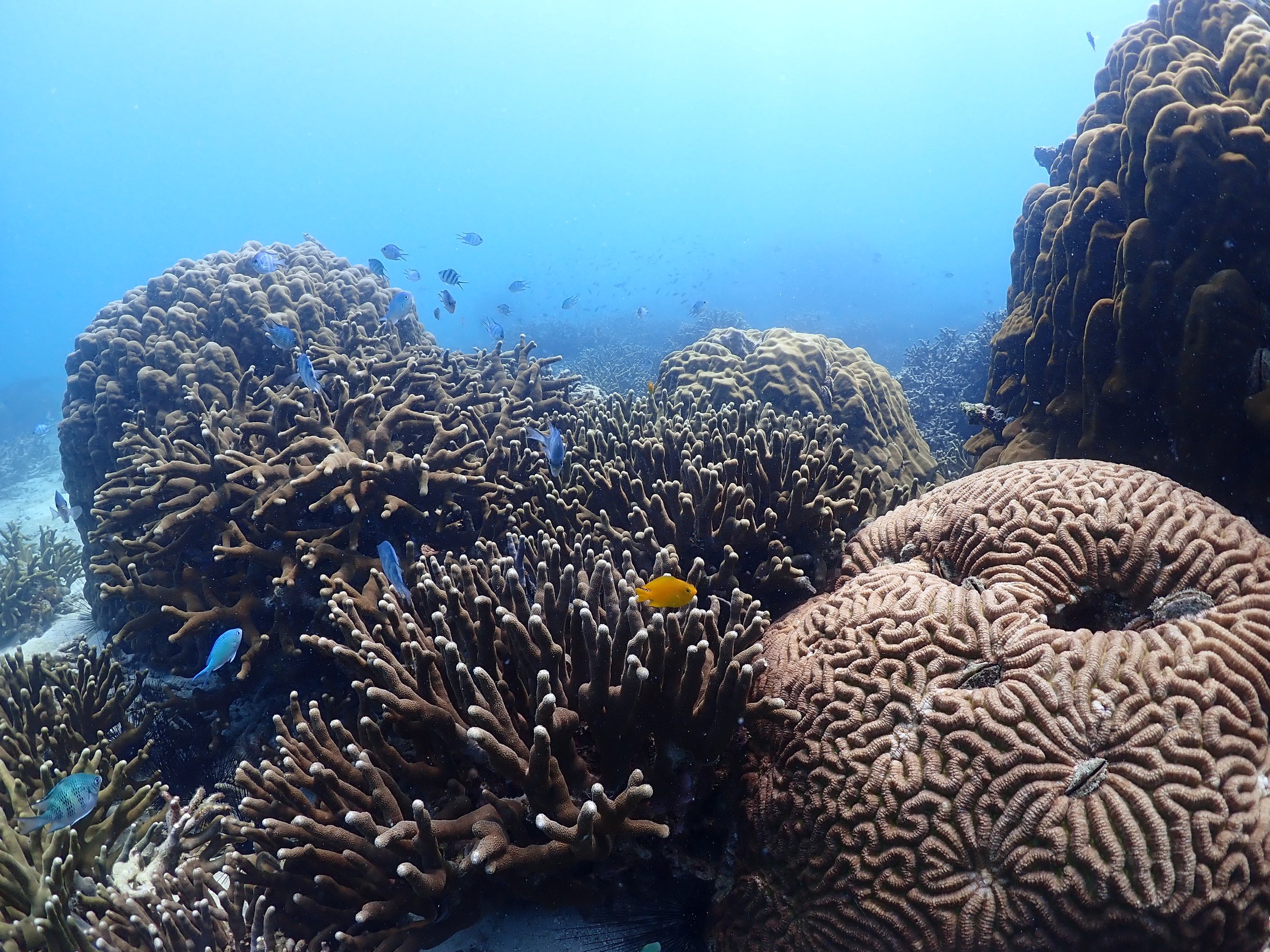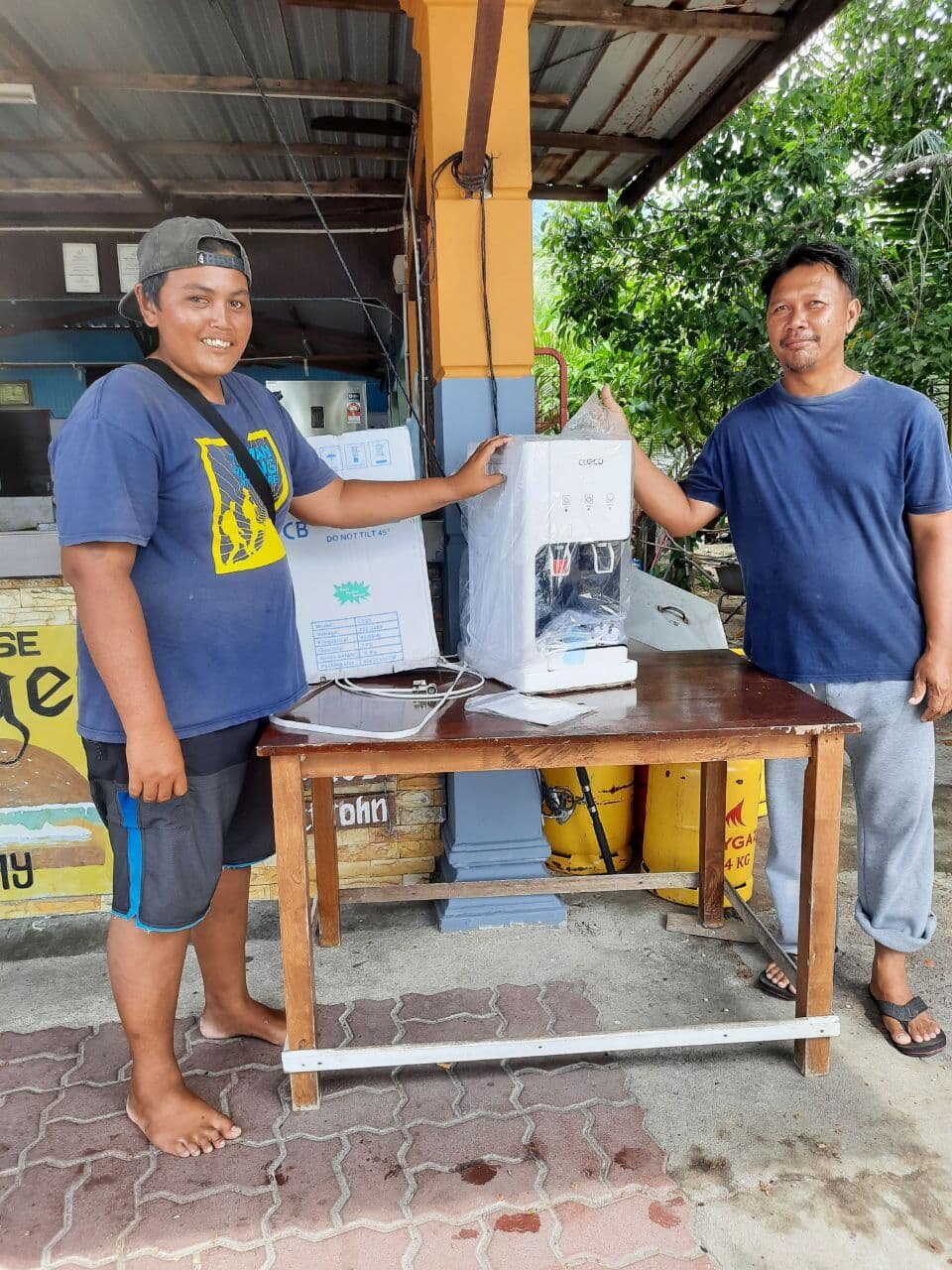In two recent articles, I have discussed Reef Check Malaysia’s marine resource conservation programmes with local communities in three locations around Malaysia. I have covered the importance of resilience in long term reef conservation, and the role that strengthening local stakeholders’ livelihoods plays. In this article, I share some thoughts on how we link all this together with approaches to managing protected areas that ensure the best possible conservation outcomes that benefit everyone.
When we talk about co-management, we are really talking about the range of management options, from 100% run by government through to 100% run by local stakeholders, as shown in the diagram below.
Malaysia’s approach to managing its Marine Parks is anchored to the left, sometimes described as a “top-down” approach, which means that all decisions on management, regulations, etc., are taken by the relevant government management agency – in this case the Marine Parks section of the Department of Fisheries. There is little opportunity for stakeholders – particularly those living on the marine park islands – to have any say in these decisions, and this can create disagreement, tension and even conflict between management agency and “the managed”.
What is Co-management?
Co-management, also known as participatory management or locally-based management, provides a middle ground between a top-down and community-based (or “bottom-up”) management approach. The concept of co-management developed as a result of the failure of the top-down approach due to:
the difficulty of enforcing restrictions imposed by management agencies
lack of compliance from local stakeholders.
There are numerous reasons why there is a need to shift to a participatory approach:
Trend towards empowering communities and civil society – enshrined in the Malaysian National Policy on Biological Diversity and the Sustainable Development Goals.
Increasing conflicts among stakeholders are not being managed.
Unmanaged resource exploitation.
Increasing degradation of coastal and marine habitats by marine and land-based pollution.
Local attitude of “not my problem” and “it is government’s responsibility” creates a negative, non-caring attitude among local stakeholders.
Low income and job security of some stakeholders.
Lack of interaction between management agency and local stakeholders.
Weak linkage between healthy ecosystem and visitors and businesses.
Marine park territorial dispute causes lack of interest in managing resources.
Lack of legitimacy, pride and transparency in management and decision-making.
State government’s increasing interest in taking over the responsibility to manage their own resources.
Co-management involves conscious and official sharing of responsibility and formal vesting of authority to local stakeholders for the management of resources.
Stakeholders are people and/or groups whose interests, resources, power or authority are likely to substantially impact, or be impacted by, management or lack of management. In other words, anyone that has interest in a certain marine resource, regardless of their location, can be considered a stakeholder. Therefore, co-management can be defined as
“A partnership arrangement in which the community of local resource users, government, other stakeholders and external agents share the responsibility and authority for decision making over the management of natural resources.”
Co-management is common in natural resource governance, especially in Southeast Asia and Pacific islands regions. Local communities and relevant government authorities work on a partnership basis. The main goals are to:
conserve biodiversity and natural resources
ensure community’s socioeconomic needs are not side-lined.
This approach has generated success for conservation strategies in marine protected areas because:
more participation in decision making raises the knowledge base among stakeholders.
it allows better representation of the stakeholders’ interests.
it provides for involvement of NGOs/civil society, who can help local communities understand their rights and their role in management.
When all stakeholders have a long-term commitment to and involvement in conservation management, there will be more support for the purpose and more compliance with regulations. Success requires that they should be involved actively, and also have reasonably equal voices in the management body. There also has to be balance between ecological values and socio-economic values when protecting an area. Early involvement from stakeholders in planning and management of marine protected areas has been shown to significantly reduce the likelihood of creating ‘paper parks’ or ineffective management.
In Tioman, a participatory approach to management is emerging, under the Department of Fisheries “Reef Care” programme. Launched nearly two years ago, Reef Care vests some responsibility for marine resource management to the local community, in this case in Tekek and Air Batang villages. Together with another community initiative we have established, the Tioman Marine Conservation Group (TMCG), local villagers are able to participate in conservation programmes and have an impact on the way a small area is managed. For some, it is even proving an additional source of income – especially important given the impact of the Covid pandemic on tourism on the island.
The system isn’t perfect by a long way – there is no funding for programmes, and villagers have limited scope for changing regulations. But it’s a step in the right direction and we are hopeful that DoF will extend it.
But there is another piece of the puzzle that is emerging as important, and which we have to consider: governance. The IUCN manual on Governance of Protected Areas describes governance in the following way:
“Wherever decisions are being made and power and authority are exercised, some form of “governance” is in place.”
This puts understanding governance at the heart of effective conservation. The power and the capacity to take decisions have a major influence on the achievement of protected area objectives, the sharing of responsibilities, rights, costs and benefits, and the generation and maintenance of support – be it financial, political, or from the communities in and around the protected areas in question.
I shall be covering governance in a future piece.























































